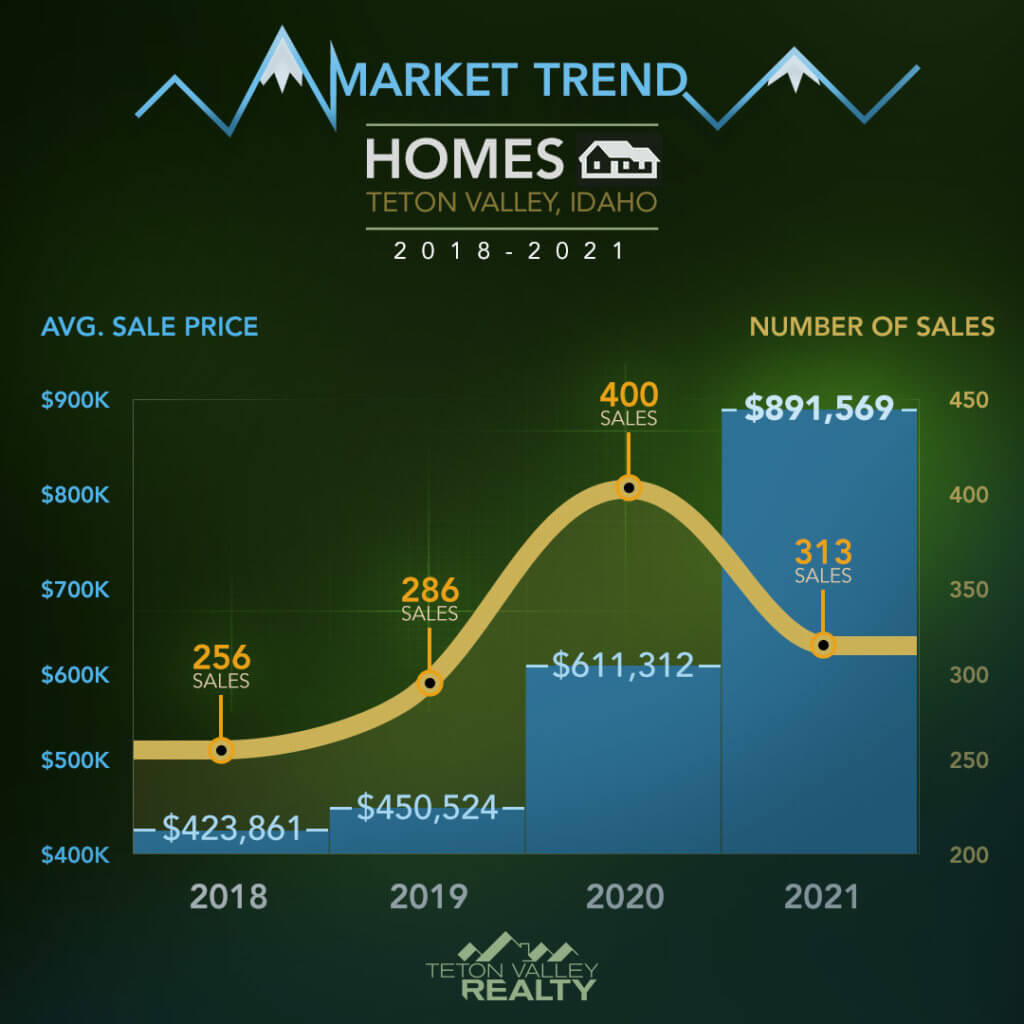It’s no secret, interest rates are definitely on the rise, and likely will continue to do so. It’s interesting hearing about all of the potential impacts. A lender friend of mine provided some good insight recently. Interest rates are still very low from a historical standpoint, and there are still some great ways to minimize the impacts of rising rates. These include mortgage points that come with a variety of options and the ability to have these points negotiated into a transaction or even paid by the seller. A mortgage point is effectively a way to buy down the interest rate up front. This can be a great tool to help buyers keep up with today’s real estate prices, which don’t seem to be going down despite interest rates creeping up. Buying mortgage points can also work well for buyers that intend to keep their loans long-term. Typically a “point” is equivalent to 1% of the purchase price and that will usually reduce the interest rate anywhere from 1/8 to 3/8 of a percent. Other options include a 2-1 (or even a 3-2-1) buy down which reduces the first year by 2 points in the second year by one point, which is where the highest amount of interest is paid on a loan while the principal of balance is still high.
Obviously interest increases are coming as a way to combat inflation, and it’s probably the lesser of two evils. Interestingly, supply chain issues, high building costs and other factors on the supply side are keeping new inventory at bay. Whereas real estate is primarily supply and demand based, this has created an interesting dynamic for both buyers and sellers. Personally, I do believe that the cumulative total of these issues will have an impact on the market, but without the increase of supply, I’m interested to see how much (if any, I should add).

